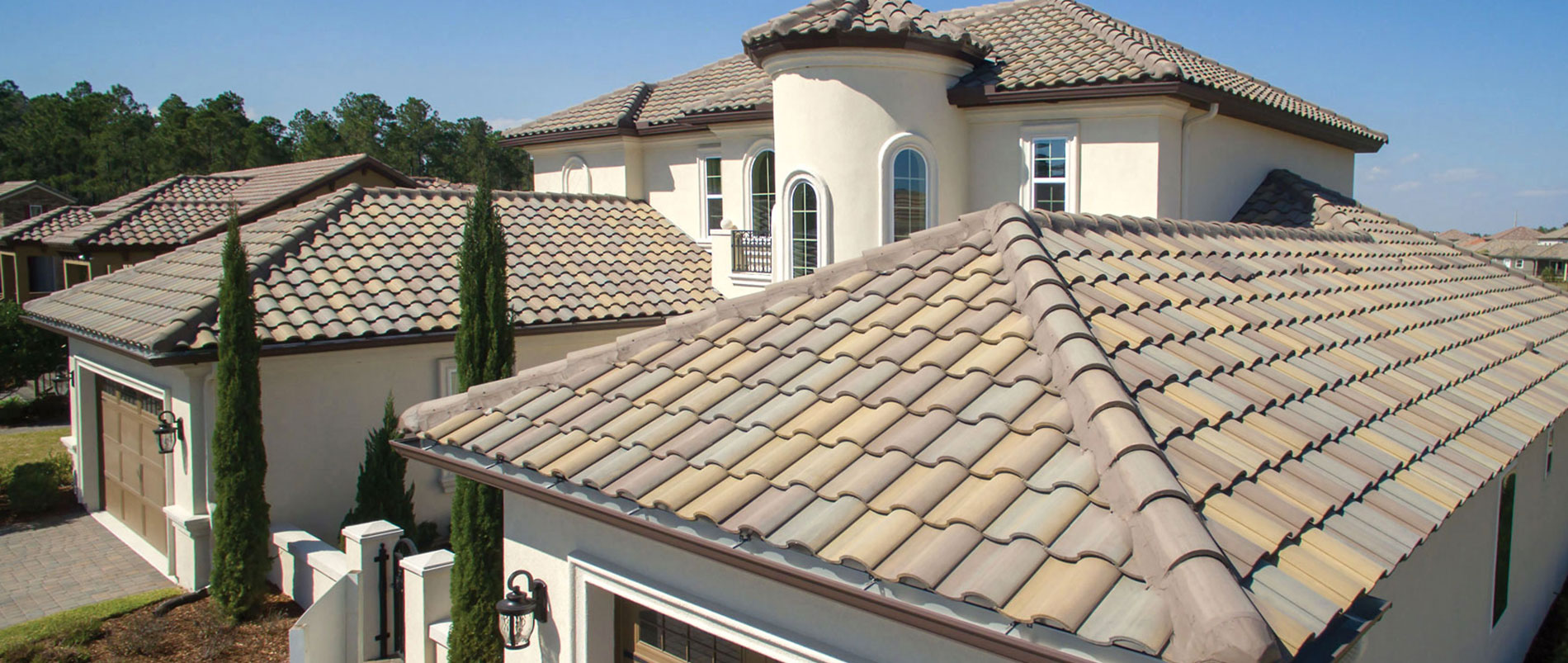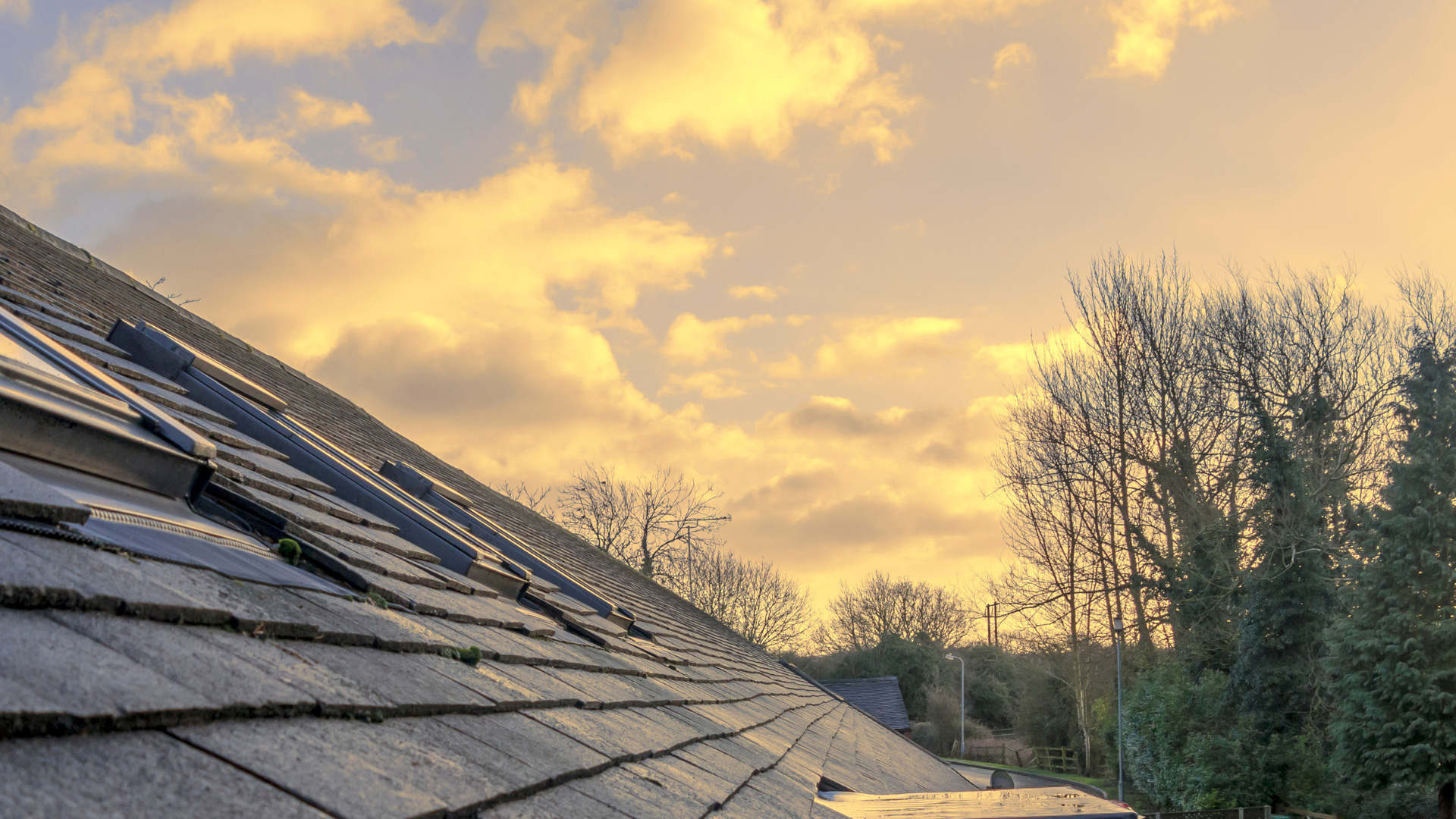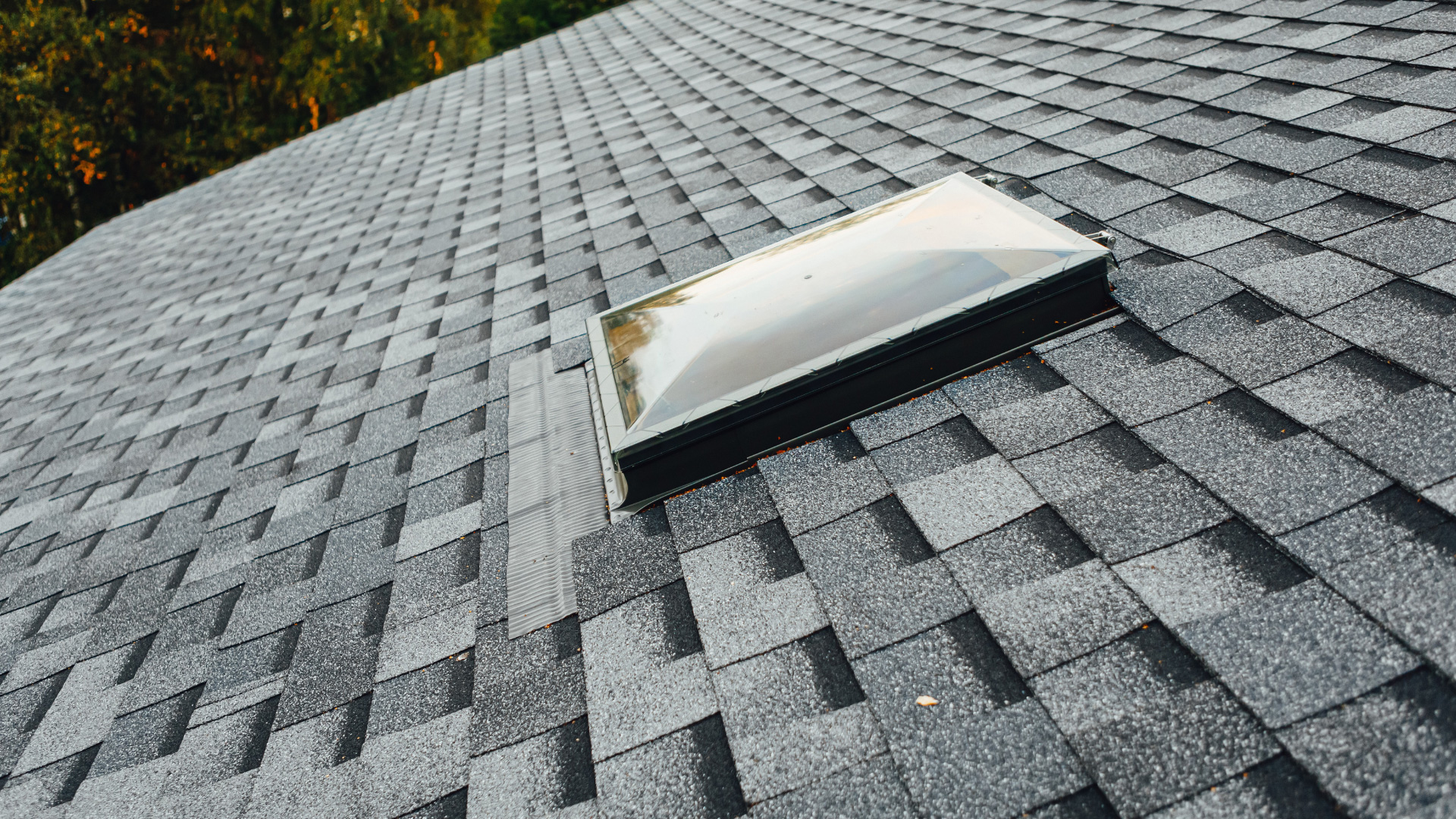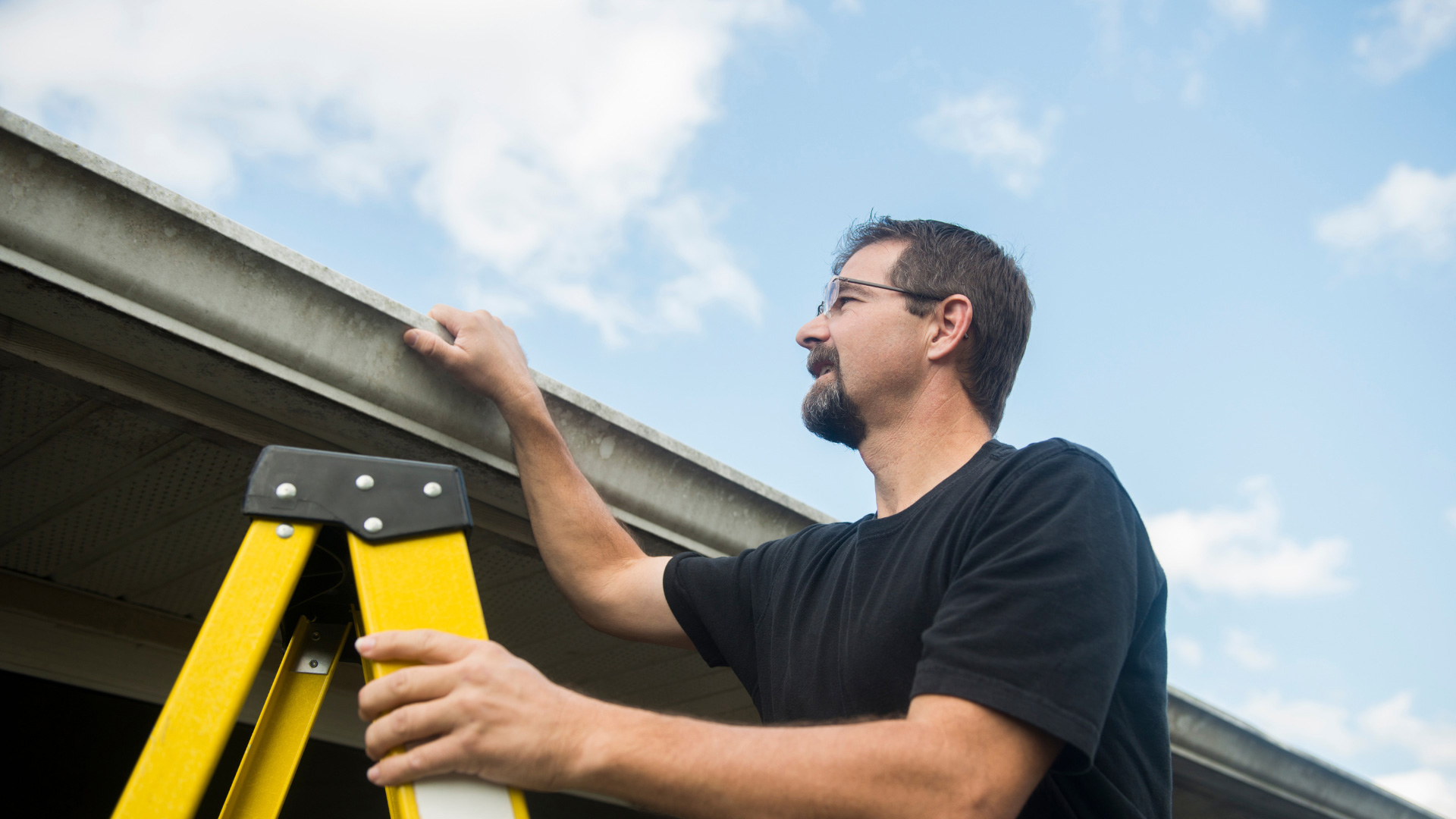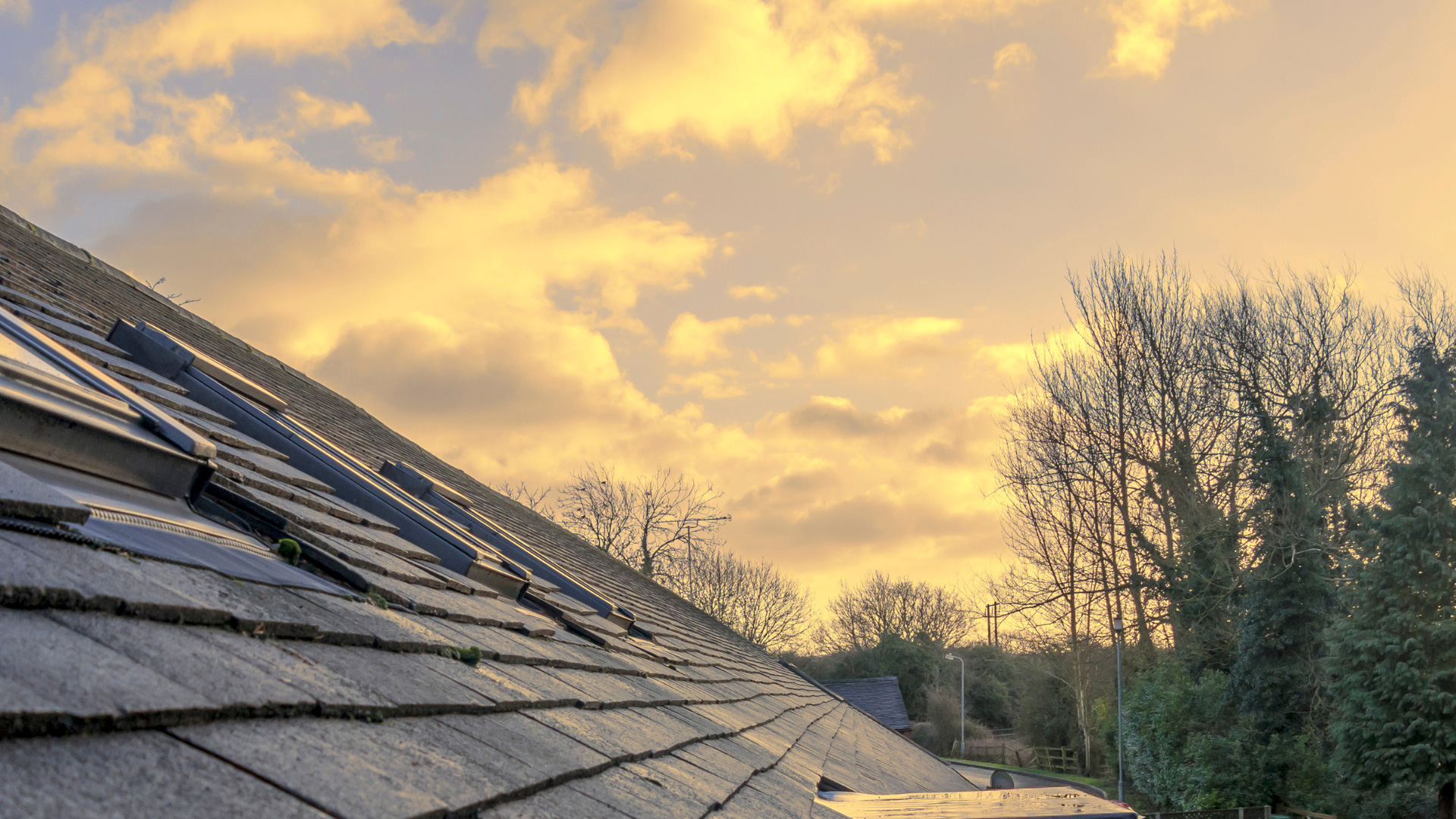To inspect your roof, you simply run a visual examination, looking out for common issues like damaged shingles, sagging gutters, corroded flushing, and leaking parts. Although straightforward, roof inspections need to be executed with a certain level of skill to avoid overlooking hard-to-notice signs of damage. In this guide, we’ll share a blueprint to guide you through how to inspect your roof and what to look for during your inspection.
A Step-by-Step Guide for Inspecting Your Roof
Follow these steps when inspecting your roof:
1. Walk Around Your Home
Roof inspection starts with a walk around your home. During the walk, observe the condition of the roof, paying attention to visible signs of damage, such as missing shingles.
2. Examine Your Attic
Access your attic and check for signs of roof damage. Some of the things to look out for include water stains, daylight penetration, and mold growth. Also, examine the rafters and trusses for sagging or pest infestations.
3. Check the Gutters
For gutters, check for signs of clogging by leaves, twigs, and any other debris. Besides clogging, look out for signs of damage like sagging, corrosion, loose fasteners, and gaps between gutter sections.
4. Get On Your Roof
Inspecting your roof from the ground isn’t enough to spot issues. For this reason, it’s beneficial to get onto the roof for a thorough inspection. On the roof, check for signs of damage on the roof valleys, skylights, and ventilation systems.
What To Look For During a Roof Inspection
There are many things to watch out for during a roof inspection. However, it’s important to give priority to those that can lead to serious issues like extensive leaks. Some of the most important conditions to focus on when doing a roof inspection are:
- Water in Gutters: Water in the gutters means that downspouts are blocked. This problem can escalate to issues like leaks and foundation damage.
- Leaking: Leaking is a sign of serious roofing issues like damaged shingles, compromised sealant, or compromised waterproofing.
- Holes in the Roof: Holes on the roof are a sign of aging, corrosion, or improper installation. The holes can lead to extensive leaking.
- Roof Flashing Damage: Roof flashing directs water away from areas like joints and chimneys. Compromised flushing can lead to leaks and mold growth in the attic.
Why Is It Important To Inspect Your Roof?
It’s easy to ignore roof inspection, especially when there are no signs of damage like leaking. However, it’s valuable to inspect your roof at least once a year. This proactive inspection will:
Help You Understand the Roof’s Condition
Roof inspection gives insights into the current health of your roof. Through it, you can spot signs of damage such as missing or damaged shingles, worn-out flashing, and potential leaks. Without inspection, these problems can advance to emergencies like leaks.
Let You Know if it’s Time for a Partial Roof Replacement or a New Roof
With time, roofs wear out, warranting a complete or partial roof replacement. Regular roof inspections help you identify signs of significant damage, so you can plan and budget for a replacement early on.
Let Roof Optimum Help Inspect Your Roof
Now that you know how to inspect your roof, you’re on your way to keeping your roof in tip-top shape. However, if you want a more thorough inspection, Roofing Optimum is your ideal partner.
Our roofers will use their extensive knowledge to conduct a thorough inspection, making sure they catch even the most invincible roofing issues. Contact us or download our Optimum Guide To Your New Roof to learn about what materials and other factors can lead to a long-lasting roof.

